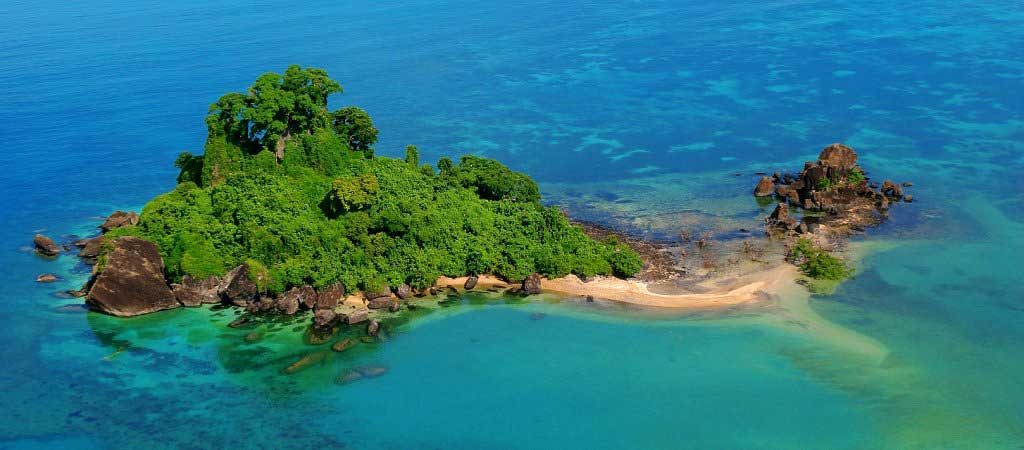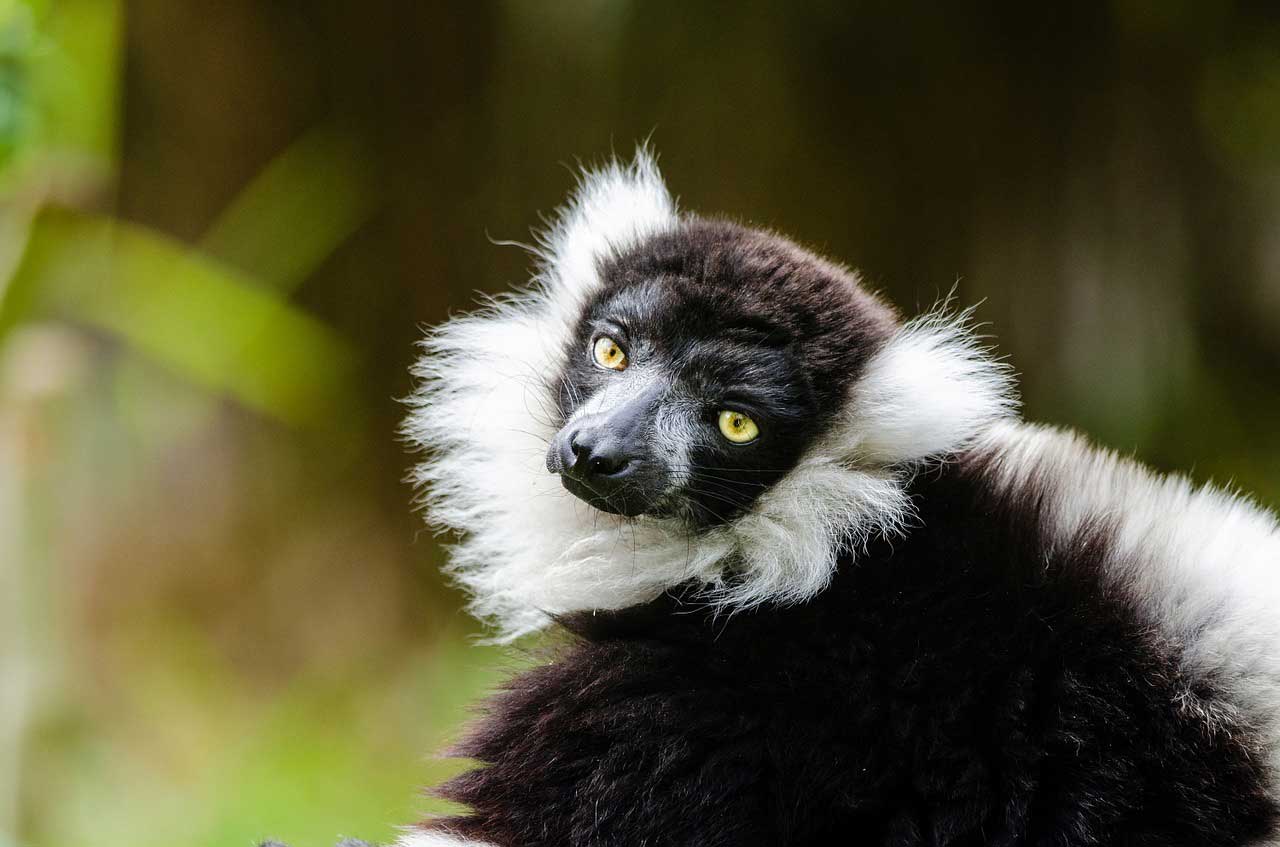In our endless search to escape into nature, we’re venturing into the lesser known world of wonders, exploring where many rocks remain unturned and where some of the most unusual and enigmatic species thrive: Madagascar.
One of the largest islands in the world, surrounded by the Indian Ocean, and home to thousands of unique animals that occur nowhere else on earth. 90% Of Madagascar’s wildlife is endemic to the island; most famously perhaps, is the lemur. Chameleons and butterflies decorate the island’s humid forests, tropical islands, aloes, orchids, and baobabs. Kayak through the Emerald Sea and inhale the scent of the Perfume Islands: Madagascar is our newest obsession and we will be diving right in this week.
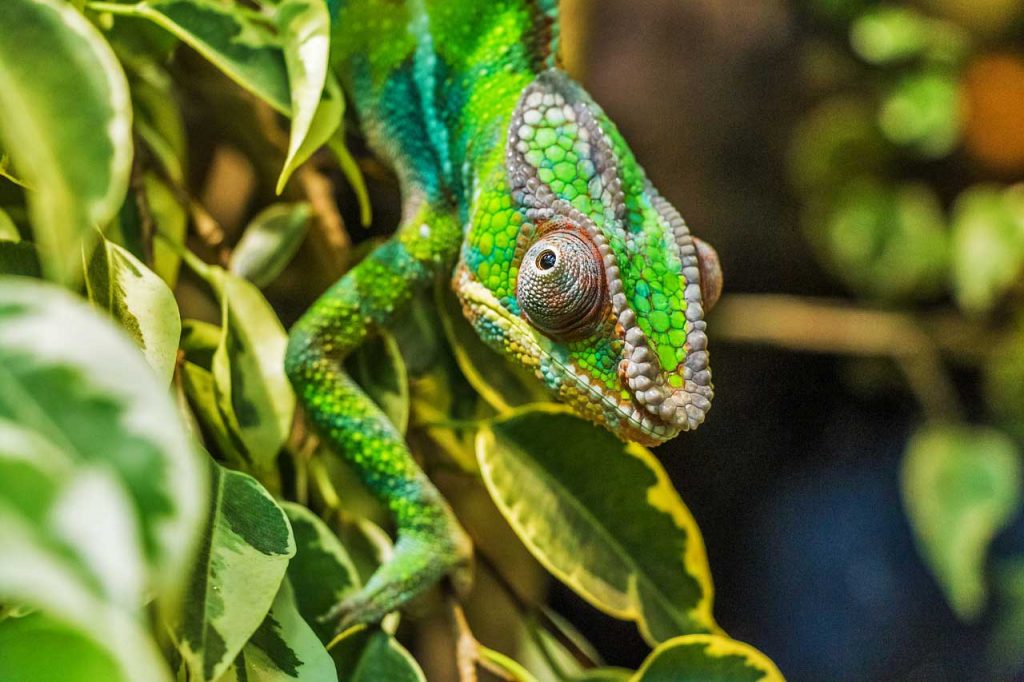
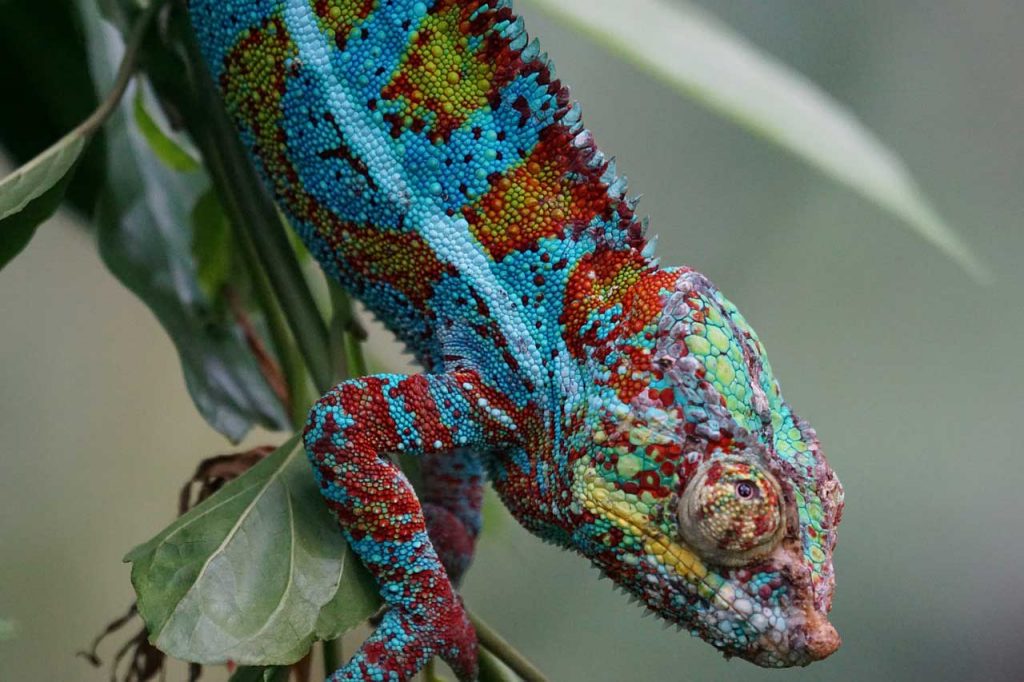
The Avenue of Baobabs – another of Madagascar’s world famous natural treasures. Imagine walking down the road at your diminutive human height and gazing up at centuries-old trees that reach over 30 metres in height and represent the stark yet powerful remainder of a once thriving forest. Madagascar, just like many natural areas on the planet, has been through human havoc and the need to adapt and survive has led to destruction of nature’s property, but today it is cherished as a unique and utterly mesmerising “Eighth Continent”; a place like nowhere else on earth.
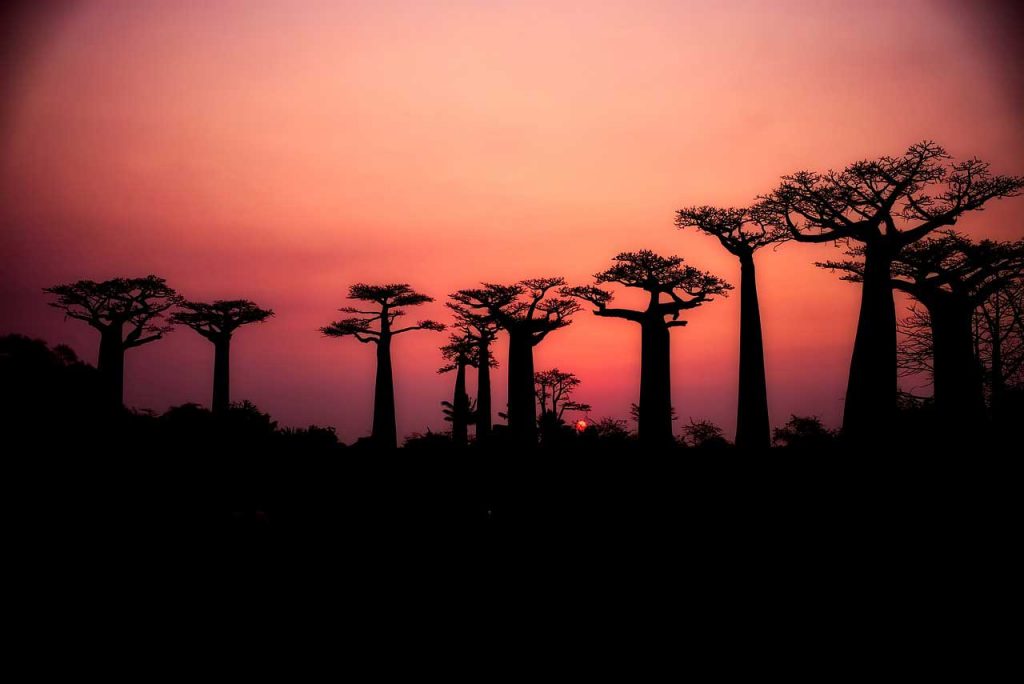
Madagascar has 4 distinct coastlines which embody phenomenal natural make up and landscapes and scenery very different from one another. Another visually striking part of this giant island is its central and capital city, Antananarivo. This cultural, political, economic hub of the country is a bustling landscape of ridges surrounding a heart-shaped lake, populated with colourful houses and topsy turvy roof tops. Rice paddies surround the city while marketplaces occupy the narrow streets and energise this ancient populace just like the old days. Visiting Madagascar is truly a diverse and stimulating experience decorated by both natural and cultural vibrancy.
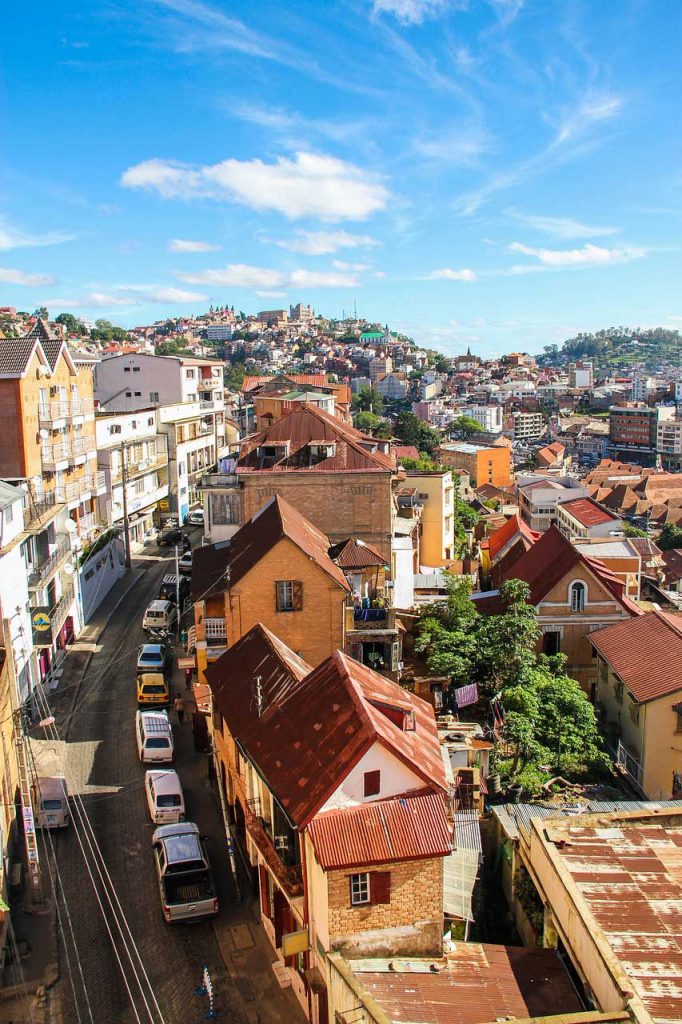
Gazing into the striking eyes of Madagascar’s critically endangered black and white ruffed lemur. This is the world’s largest pollinator. It moves from tree to tree in the heavily forested region of eastern Madagascar and pollen clings to the thick fur on its face and is then effectively transported to the next tree. This great Island is home to the endemic lemur species, including the famous ring-tailed lemur and the great Indri, which calls eerily through the jungle. Madagascar is home to a spectacular array of wildlife, 90% of which you will see nowhere else in the world.
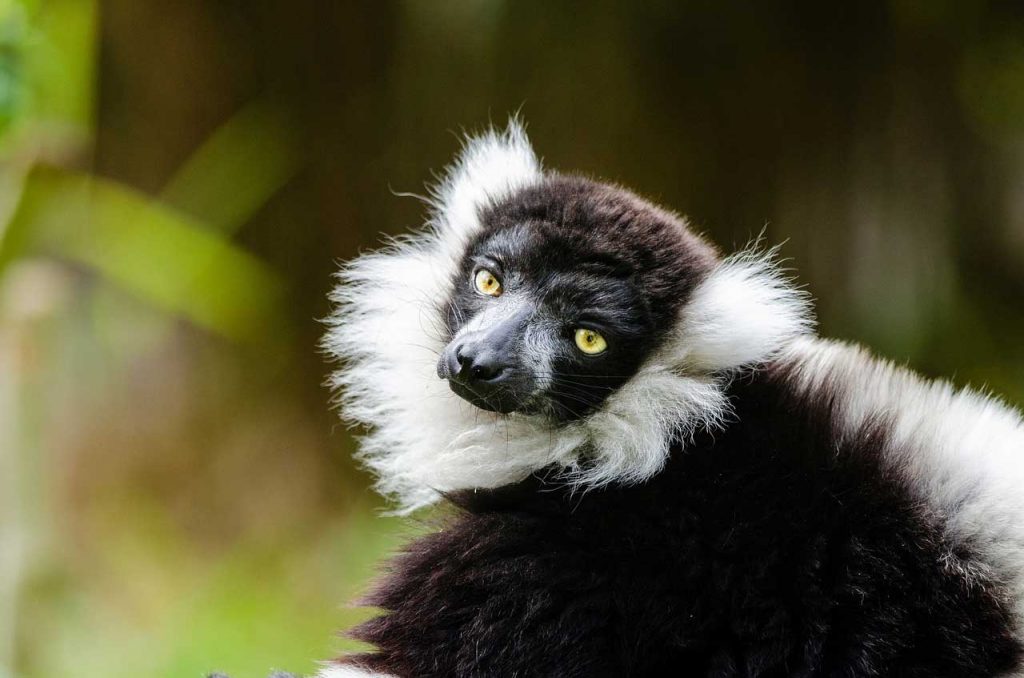
The deeper we delve into Madagascar’s wild and outrageous beauty, the more we discover the surreal appearance of some of its inhabitants. This luminous lizard is a Madagascar day gecko. It dwells in the eastern rainforests and can grow over 20cm in length, while feeding on an abundance of plant and insect matter. It is striking to say the least, but when there are over 300 species of reptile on one island, you’ve got to imagine there are some insanely creative and colourful individuals out there!

Jewel toned islands basking in luminous waters of the luxurious Indian Ocean. This is perhaps Madagascar’s most well known destination; Nosy Be. On the northern tip of this large island that is informally referred to as the Eighth Continent are the tree-lined beaches lapped by the pure waters and dotted with little islands strewn just off the coast. Nosy Be attracts beach bums and sun seekers as well as adventurous nature lovers looking for phenomenal scuba and snorkelling opportunities in entirely unique seas. At Le Zahir Lodge, 8 deluxe bungalows offer a place to rest your head between days on the water or with your toes in the sand, indulging in the rich Malgasy culture and all its offerings. A magnificent part of the world, like nowhere else on Earth!
